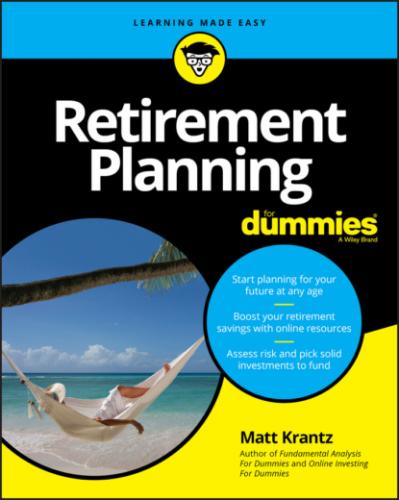Based on actual contribution limits from 1988 to 2018. Stock returns indexed to the Standard & Poor’s 500 and bond returns, while 10-year Treasury bond yields used for bond allocation.
An opportunity to save
Looking at Table 1-2, you no doubt appreciate why contributing to your 401(k) is powerful. But this contribution is a sacrifice because you need to give up spending now so you can put your money to work for you tomorrow.
Most employees don't contribute the maximum to their 401(k) plans, but they still benefit. During the first quarter of 2019, the average 401(k) contribution from customers at giant asset management firm Fidelity was $2,370, which implies a contribution of $9,480 a year. But by adding the average company match during the quarter — $1,780 — the total yearly contribution becomes $16,600. This amount is an all-time high savings rate of 13.5 percent, says Fidelity (www.fidelity.com/bin-public/060_www_fidelity_com/documents/press-release/quarterly-retirement-trends-050919.pdf).
Social Security: The De Facto Safety Net
I cringe when someone says, “Why do I need to plan for retirement? I have Social Security.”
Yes, Social Security, the nickname for Old-Age, Survivors, and Disability Insurance (OASDI), is designed to prevent you from ending up on the street after working your entire life. But don’t you have higher hopes for your retirement than just scraping by?
Social Security isn’t a savings plan. All the money you pay into the system isn’t in an account with your name on it, like a 401(k) plan. It’s a pay-as-you-go system. In other words, the money you pay in as you’re working is used to pay income to people in retirement now. When you retire, you don’t withdraw the money you paid into the system. Your retirement income will be paid by people in the workforce at that time.
As a general rule, Social Security replaces 40 percent of a retiree's income (www.ssa.gov/planners/retire/r&m6.html). The number is lower for wealthier people who need to keep the gas tank full in their yachts.
Social Security is just one leg of a four-legged stool for retirement income. Social Security was designed not to replace your income in retirement but to reduce the odds that you will starve in your old age. Social Security is intended to be accompanied by a pension, if you have one, retirement accounts, and personal savings.
The funding future of the program is uncertain. The curious structure of the Social Security program — where current workers pay the benefits of current retirees — doesn’t leave much room for error. When you have a big wave of retirees, as you do with Baby Boomers retiring now, the system is strained.Starting in the late 2010s, the cost of Social Security is expected to outstrip its income for the first time since 1982 (www.ssa.gov/oact/tr/2018/tr2018.pdf). Some of the shortfall can be made up with a small amount of reserves. But until the system is reformed, the reserves are forecast to be depleted in 2034, at which point they could pay 77 percent of scheduled benefits. When you hear the word reform, that likely means either workers will pay more in or retirees will get less out.Meanwhile, the full retirement age to get the entire payout from Social Security has changed from 65 to 66 and now to 67, as follows:Birth YearFull Retirement Age1937 or earlier65193865 and 2 months193965 and 4 months194065 and 6 months194165 and 8 months194265 and 10 months1943-195466195566 and 2 months195666 and 4 months195766 and 6 months195866 and 8 months195966 and 10 months1960 and later67
You receive reduced benefits if you retire early. The earliest you can claim retirement benefits is age 62. But if you do that, your benefit is reduced by 30 percent. Even if you retire at 65, which many people think of as retirement age, your benefit is reduced by 13.3 percent. The following lists the benefit reductions when retiring early.Retirement AgeRetirement Benefit Reduction62About 30%6325%6420%6513.3%666.7%
So you can see why Social Security isn’t your ticket to retirement riches. It’s up to you to plan for retirement. Now it’s time to find out how.
Chapter 2
Determining How Much You Spend
IN THIS CHAPTER
You might be tempted to jump right into crafting your retirement plan. Wait a second! Let me explain why you need to complete another step first: figuring out your run rate.
Your run rate is how much you spend now. You need to understand how much money it takes to maintain your current standard of living before you can calculate how much you’ll need when you say goodbye to the 9-to-5.
Some other retirement books teach you to figure out what you want your retirement to look like and then figure out how to reach that number. This approach is frustrating. What if you want to retire off the coast of France, but that goal doesn’t match reality?
The biggest determinant of what you need and how much you can save is your current spending. And here’s the good news! This key factor is measurable and under your control, unlike many other aspects of retirement planning.
In this chapter, you examine your spending habits with the goal of figuring out how much money you need to live the way you want. This calculation is critical because it determines how much you need to save before you retire.
Finding Out
